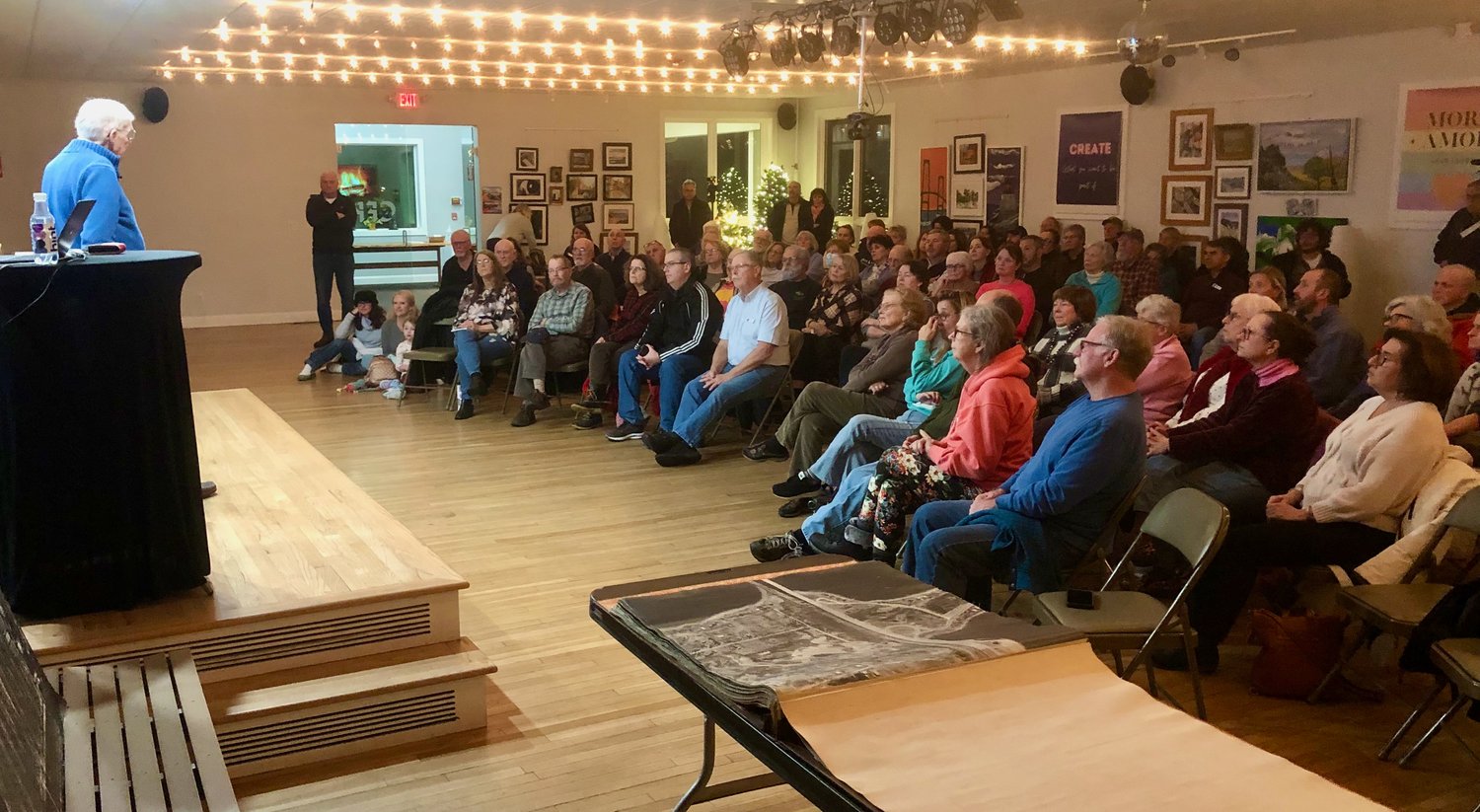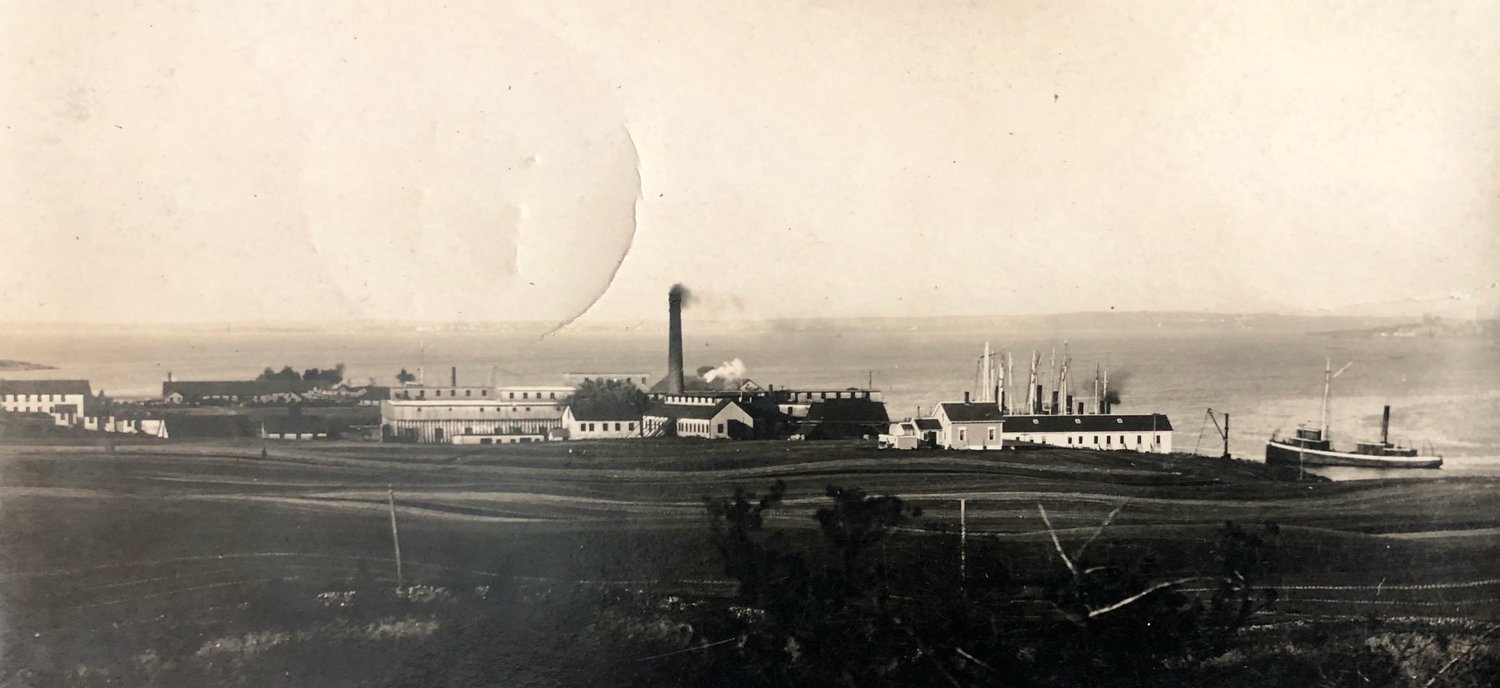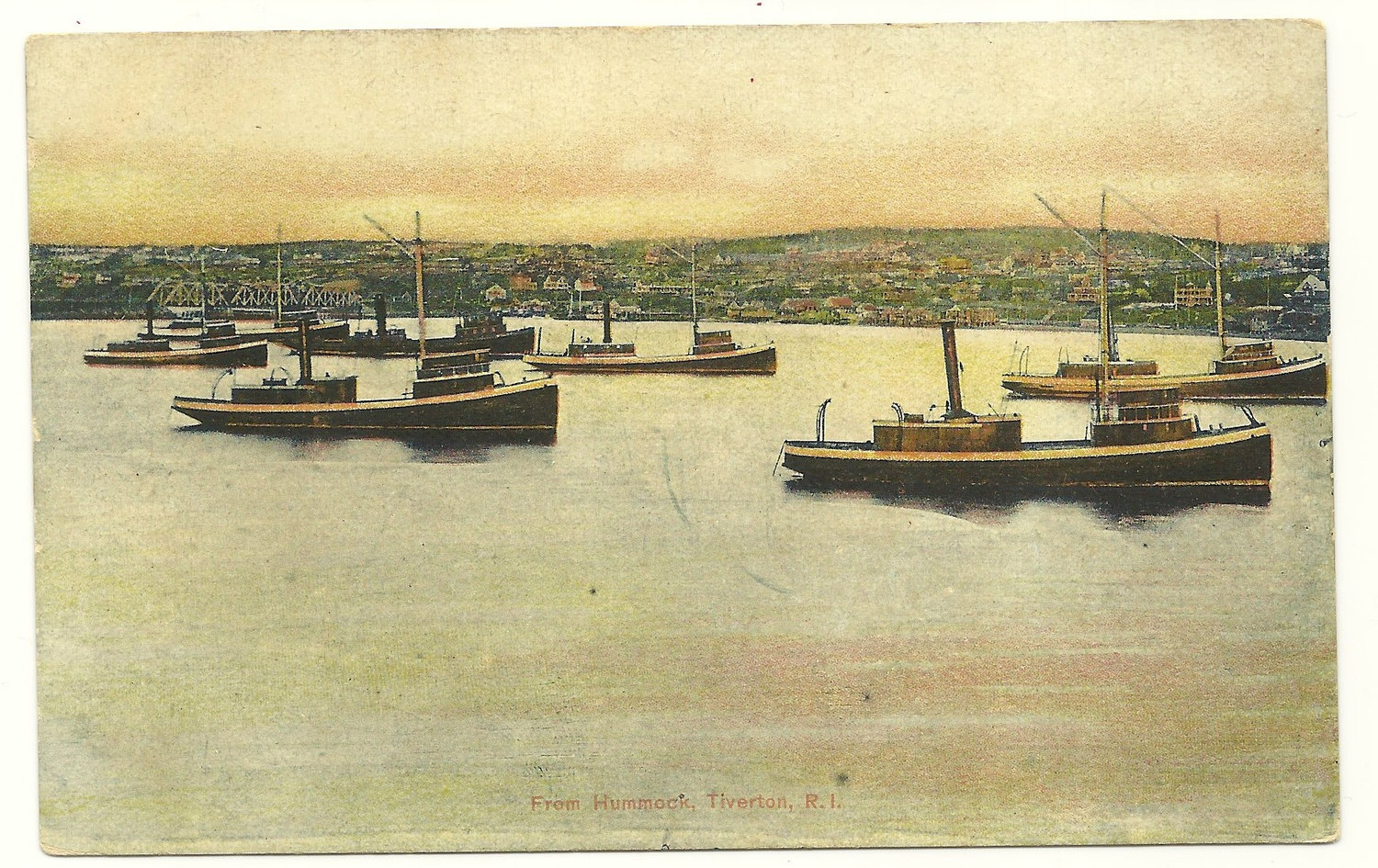- FRIDAY, JULY 26, 2024
Common Fence Point: Grazing sheep, rotting fish preceded summer colony
Town historian shares tales of Portsmouth's most northern neighborhood
Before Common Fence Point was transformed into an attractive summer colony in the 1920s, it stunk up the area so badly that people clear across the Sakonnet River into Tiverton would complain.
This item is available in full to subscribers.
Please log in to continue |
Register to post eventsIf you'd like to post an event to our calendar, you can create a free account by clicking here. Note that free accounts do not have access to our subscriber-only content. |
Day pass subscribers
Are you a day pass subscriber who needs to log in? Click here to continue.
Common Fence Point: Grazing sheep, rotting fish preceded summer colony
Town historian shares tales of Portsmouth's most northern neighborhood
Editor’s note: Town Historian Jim Garman lectured on the history of North Portsmouth on Jan 25 at the CFP Arts, Wellness, and Community Center in Common Fence Point. This week we focus on Common Fence Point, with Garman’s thoughts on the Hummocks and Island Park to be featured at a later date.
PORTSMOUTH — Before Common Fence Point was transformed into an attractive summer colony in the 1920s, it stunk up the area so badly that people clear across the Sakonnet River into Tiverton would complain.
That’s because this unique neighborhood in the northern end of Portsmouth, long after the early settlers first used it as a pasture for sheep, was home to a major industrial fish processing plant starting in the 1860s.
First known as Joseph Church and Sons — the family hailed from Tiverton and there were seven sons altogether — the company owned a fleet of pogy boats and would not only sell fresh fish for markets but also extract oil from menhaden to be used for various purposes, including fertilizer for farmers.
Town Historian Jim Garman told tales of the Church brothers and more during a lecture on the history of North Portsmouth at the CFP Arts, Wellness, and Community Center in Common Fence Point on Wednesday, Jan. 25. Garman’s lecture, which focused on the neighborhoods of Island Park, The Hummocks and Common Fence Point, drew about 100 people and featured photographs, old plat maps and other historical remnants.
“It was a big operation. In the wintertime, they had about 200 workers. In the summertime, about 400. They had 45 boats they used for fishing,” Garman said of the Church brothers’ company, which was later known as Narragansett Oil Works, and then Narragansett Oil and Guano Works.
(“Guano is seafood poop,” Garman noted.)
The Church brothers were successful, made a lot of money, and held political power here. That may explain, Garman hinted, why they were allowed to continue operations despite the rancid smell that came from the plant and surrounding grounds, which took up about half of Common Fence Point. Excess fish were left on the ground to rot outside, and the rank odor would waft in every direction.
“In 1888, there was big concern with smell, which was noticed in Tiverton,” he said. The company was somehow exempt from an 1864 law which prohibiting making oil from menhaden, he pointed out.
By 1922, much of the operation had moved to Long Island, and the following year the last remains of the Church brothers’ buildings had burned in a fire.
Around the same time, however, Henry A. Brown of Brockton, Mass. started developing a cottage colony on Common Fence Point, including a community house (the CFP center recently celebrated its 100th anniversary), sand boxes, tennis courts and more. The Narragansett Heights Realty Co. of Fall River developed the southern and eastern part of the neighborhood in 1924-1925. That section used Native American names for streets, while Brown used the names of Massachusetts towns, Garman said.
Who was Thomas Kennedy?
An open field across from Sakonnet Drive is marked by a sign inscribed with the words: “Thomas F. Kennedy Memorial Field.”
Garman said Kennedy, who died in 1965, was an Irishman who was always passionately involved in Common Fence Point. He was a “pied piper” who taught children how to swim and dive, and dig for clams and quahogs.
Where’d the name come from?
Garman also explained the meaning behind the neighborhood’s name, a question he is often asked.
When the first settlers arrived in 1638, most of them built homes in the area around Town Pond (across from today’s Roger Williams University Baypoint Residence and Conference Center), where they first came in by boat from Massachusetts. The settlers continued to develop the town, but mostly toward the south. A map from 1639 shows Common Fence, as well as the Island Park and Hummocks areas, to be pretty barren.
“For a long time, not much was going on there,” Garman said.
The first settlers needed an open area to keep their sheep, however, and Common Fence Point fit the bill nicely.
“They put a stone wall across, just about where Montaup Country Club is now, and put all the farm animals north of that,” said Garman, adding that ear tags on the animals were used to identify their owners.
“It was a commonly fenced point,” he said.
Next week: Read about Mr. Garman’s lecture on the history of the Hummocks.
Other items that may interest you













